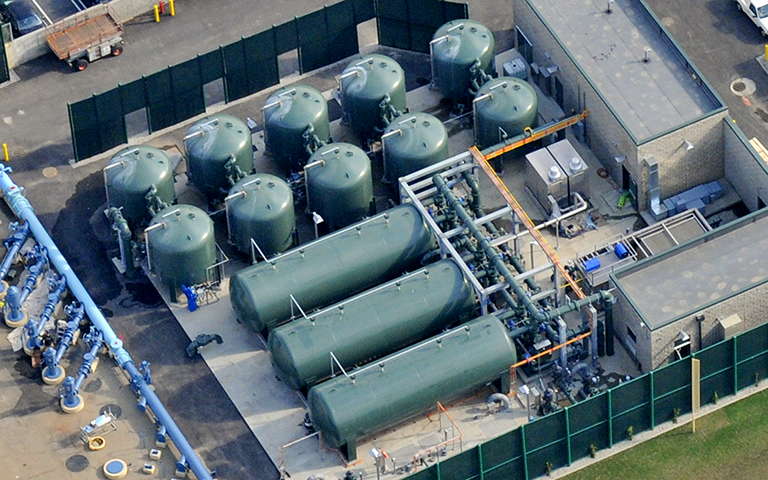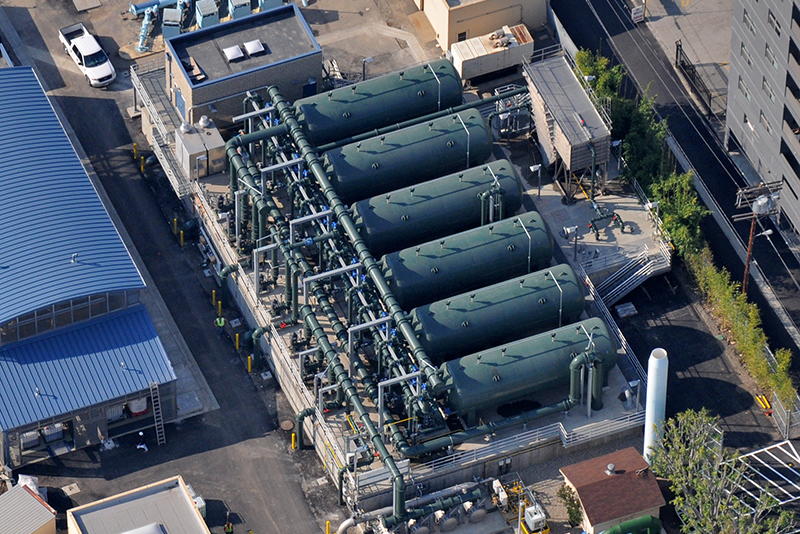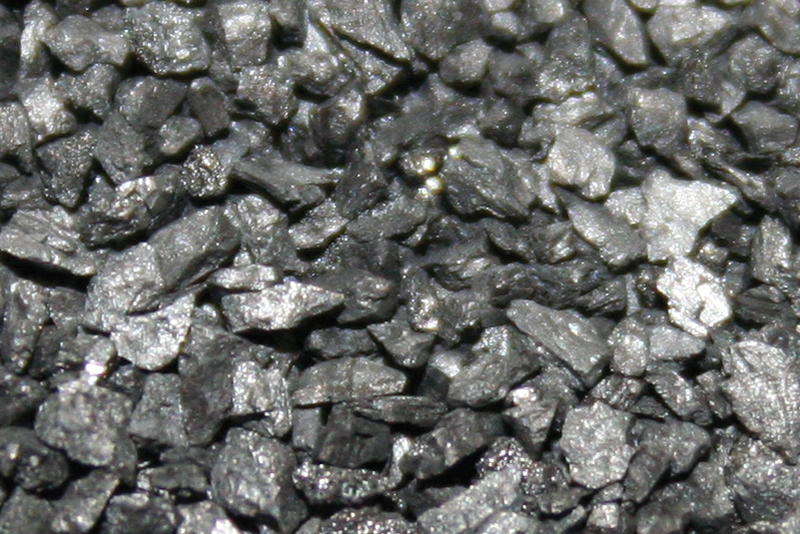Removing Harmful Contaminants from Groundwater

Expanding Service
The City of Santa Monica shut down the Charnock Well Field in 1996 after finding methyl tertiary-butyl ether (MTBE) and, later, trichloroethylene (TCE) and 1,1-Dichloroethene (1,1-DCE) in the water. These potential carcinogens spread rapidly through the environment, resulting in the shutdown of all five Charnock wells. Approximately 50 percent of the city’s residential water was supplied through these wells.
Removal of these contaminants is typically difficult and costly. As a result, the city purchased approximately 85 percent of its domestic water from the Metropolitan Water District. Following the goal of self-sustainability, and with the rising cost of purchasing water, the city opted to treat the polluted groundwater supply. Black & Veatch contractors were hired to rehabilitate the Charnock wells through an extensive design-build project.
Equipment Selection
To remove contaminants, WesTech supplied nine horizontal pressure filters (12 ft diameter x 38 ft long) and ten granular activated carbon (GAC) contactor vessels (12 ft diameter). Each GAC vessel contains 20,000 lbs of Calgon Carbon coconut-based activated carbon.
| Quantity | 9 |
|---|---|
| Filter area per unit | 459 ft2 |
| Cells per unit | 2 |
| Design filtration rate | 3.3 gpm/ft2 |
| Minimum backwash rate | 11 gpm/ft2 |
| Backwash flow | 2,522 gpm/cell |
WesTech’s dual-media horizontal pressure filters are an effective way to remove iron and manganese. If iron and manganese are not removed, GAC and reverse osmosis (RO) membranes will foul prematurely and require replacement. Greensand Plus media was installed in the pressure filters for the removal of dissolved manganese and to reduce contact times. The filter media depth was customized to match the water quality and remove the damaging contaminants.
| Media | Depth | Effective Size |
|---|---|---|
| Anthracite coal | 18 in | 0.6–0.8 mm |
| Greensand Plus | 18 in | 0.3–0.35 mm |
| Support gravel | 12 in | n/a |
Through a lead/lag configuration, GAC contactors were able to remove MTBE, TCE, and 1,1-DCE while providing redundancy. The lead/lag configuration consists of two vessels in series. After the GAC in the primary vessel needs replacement, flow is diverted to run through the secondary vessel first. By using the lead/lag configuration, WesTech has lengthened the usable life of the GAC.
| Design flow per train | 750 gpm |
|---|---|
| Empty bed contact time | 6 min |
| Design loading rate | 6.6 gpm/ft2 |
| Backwash flow rate | 12 gpm/ft2 |
Following the GAC contactors, water is sent to the Arcadia Water Treatment Plant where RO membrane softening is used to reduce the levels of hardness from 500 mg/L as CaCO3 to 120 mg/L as CaCO3. In addition, RO membranes act as a second barrier for MTBE removal.

Superior Service
As a result of extensive experience in pressure filter and contactor design, WesTech customized vessel quantity, diameter, and media type to remove harmful contaminants. One of the complexities of the Charnock Well Field project was fabricating and shipping a significant number of large-diameter vessels while meeting strict project deadlines. WesTech’s expertise in design, fabrication, and delivery scheduling allowed the project to run smoothly and be completed on time.
WesTech’s dual-media horizontal pressure filters and GAC contactors reduced high concentrations of contaminants to a non-detectable level. With the complete removal of these harmful contaminants in the Charnock Well Fields, the City of Santa Monica eliminated the need for imported water and has met the goal of self-sustainability.
| Contaminant | Maximum Allowed Contaminant Level | Contaminant Level Prior to Treatment | Contaminant Level After Treatment |
|---|---|---|---|
| MTBE | 5.0 μg/L | 610.0 μg/L | Non-detect |
| TCE | 2.5 μg/L | 35.0 μg/L | Non-detect |
| 1,1-DCE | 3.0 μg/L | 12.0 μg/L | Non-detect |


More Case Studies
-
 Municipal Water
Municipal WaterRetrofit Boosts Plant Performance With Updated ...
-
 Municipal Water
Municipal WaterTreating Water in a Remote Location
-
 Mining & Minerals
Mining & MineralsSelenium Removal From Reverse Osmosis Concentrate ...